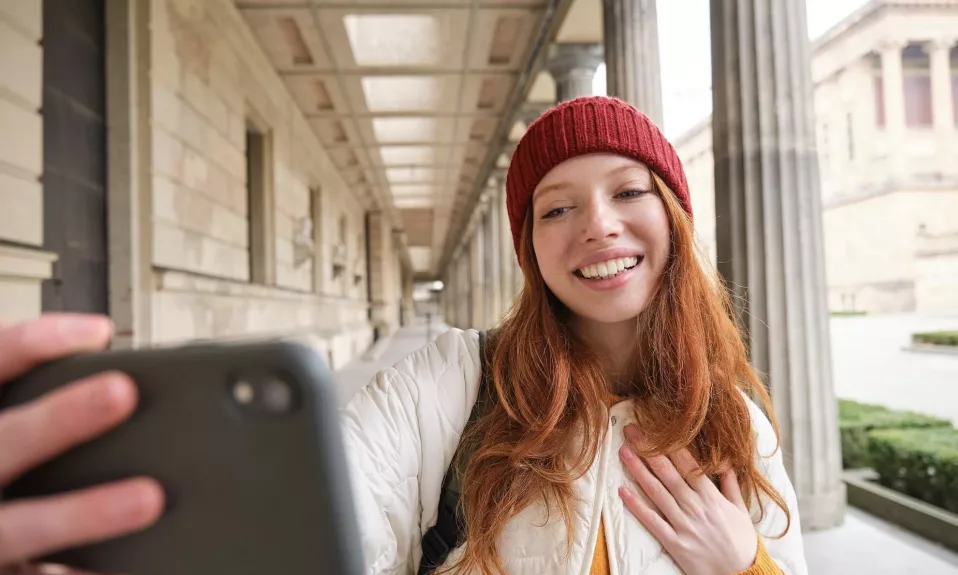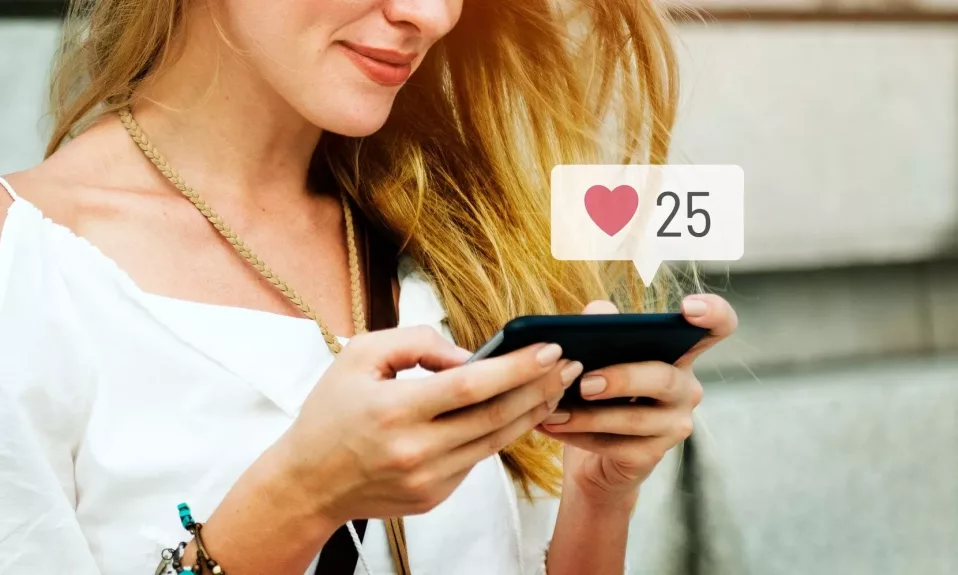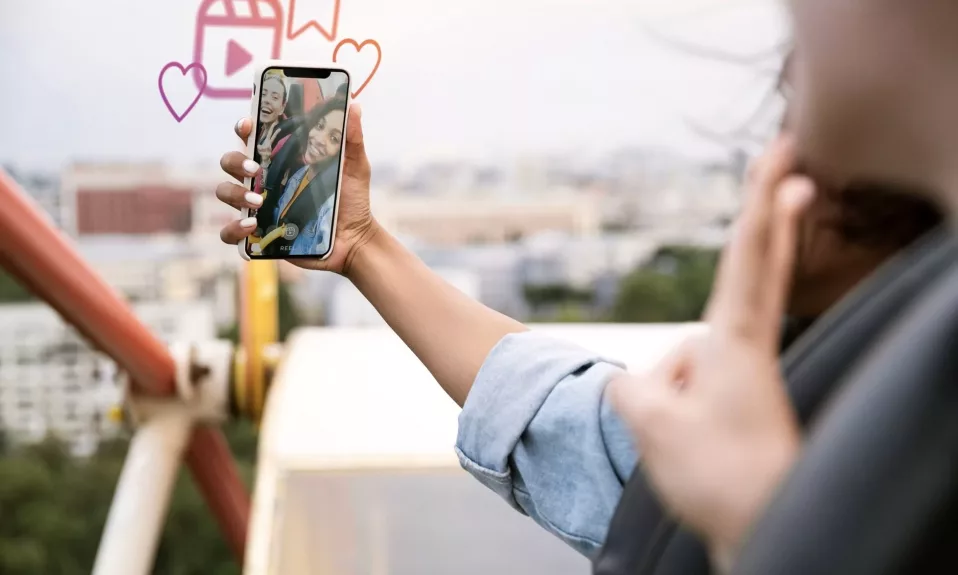In a world where social media presence is deemed essential for businesses and influencers, Instagram has become a critical platform. Establishing a robust following and generating consistent engagement from the audience heavily impacts the success of your online endeavors. This raises the question: What constitutes a good engagement rate on Instagram? In this comprehensive article, we will explore different aspects that determine the average or good engagement rates and how to realistically measure them.
Average Engagement Rates Across the Board
A study of more than 30,000 Instagram profiles suggests various engagement rates based on factors such as the number of followers, posting frequency, and content type. The general guideline derived from this data is presented in three categories:
- Low engagement rate: Less than 1% interaction coming from followers per post.
- Median rate: Approximately 3%-5% engagement per post from followers.
- High engagement rate: Above 6% engagement per post signifying increased loyalty among the audience.
While these numbers provide a broad overview of what can be considered a “good” engagement rate, it’s crucial to dig deeper into the specific context that applies to each account to arrive at a tailored conclusion.
Social Marketers vs Influencers: Different Metrics for Different Accounts
The two main categories of Instagram users are social marketers, who manage business accounts, and influencers, catering to individual audiences. The good engagement rates differ between these types of accounts due to variations in their approach, goals, and audience size.
Social Media Engagement Rate: Data-Driven Insights
A survey conducted among social marketers revealed that the average engagement rate for business accounts is around 0.8%-1%. This number serves as a baseline, while anything above this range can be considered a good engagement rate for brands and businesses on Instagram.
Influencer Engagement Rate: How to Stand Out from the Crowd
For influencers, a general rule of thumb is that profiles with smaller followings have relatively higher engagement rates when compared to those with larger audiences. The closer an influencer’s interaction is to or beyond the high engagement rate of above 6%, the more valuable they are to their audience, making them more attractive to potential brand collaborations.
Profile Size Matters: Small, Medium, and Large Audiences
The size of an Instagram account’s audience can also impact the average/good engagement rate substantially. Accounts with vastly different follower counts warrant different success thresholds.”
Micro-Audience (less than 5,000 followers)
A micro-audience typically demonstrates higher engagement, often due to stronger personal connections between the account owner and their followers. A good engagement rate for this category is usually in the range of 4%-8% per post.
Mid-sized Audience (between 5,000 – 50,000 followers)
Mid-sized profiles generally receive lower engagement rates compared to micro-audiences. With a more diverse following, these accounts should aim for a healthy engagement rate between 3%-6% per post.
Large Sized Audience (above 50,000 followers)
Prolific profiles have even lower engagement rates since it becomes increasingly difficult to sustain genuine connections with such a broad group of people. For large-sized audiences, an average or good engagement rate remains between 1%-3% per post.
Type of Content: Images, Videos, and Carousels
The type of content published on Instagram accounts can influence engagement rates. A balanced mix of images, videos, and carousels may foster better audience interaction compared to an account that posts solely one format.
Images:
Singular photos tend to generate higher levels of likes but often draw fewer comments from users.
Videos:
Though videos usually receive more comments than images, they tend to have lower overall engagement due to the time investment required before reacting.
Carousels:
These multi-image, swipe-through posts allow users to grasp a deeper understanding of a topic, resulting in increased saves and longer-lasting engagement.
Measuring Engagement Rate Accurately
The metric that scrutinizes the level of interaction with an Instagram account consists of tracking the number of comments, likes, shares to stories, and saves per post. To gauge the account’s performance effectively, these factors should be divided by the total number of followers:
Engagement Rate = (No. Comments + No. Likes + No. Shares + No. Saves) /Total Followers x 100%
Latest Instagram Stats and What They Mean for Users
Instagram continuously evolves as new algorithms roll out, introducing features like Reels, Guides, Shopping, etc. It is important to consider these latest trends and developments when analyzing an account’s average engagement rates.
- Carousel decline: As carousels often demand more investment of time and energy, engagement rates for this type of content may start to drop.
- Reels effect: Due to the competition with other short video platforms like TikTok, Reels’ performance metrics may be harder to gauge until it stabilizes within Instagram’s ecosystem.
- Instagram Stories: Engagement trends are also shifting towards audience participation through Instagram Stories polls, quizzes, questions, and direct messages; thus, factoring these into a comprehensive engagement analysis is essential.
Audience Demographics: Catering to Different Age Groups and Preferences
A good engagement rate may also range due to demographic factors. Gen Z and Millennial audiences often express their online interactivity differently compared to those from older age groups due to distinct preferences in post types and platform usage patterns.
To conclude,
there isn’t just one answer when determining what constitutes an adequate engagement rate on Instagram, as it significantly depends on several unique factors such as the account type, audience size, content posted, and demographics. Understanding the influence of these elements contributes to a comprehensive strategy that helps accounts maintain and enhance relationships with their audiences while expanding their reach and impact online.









